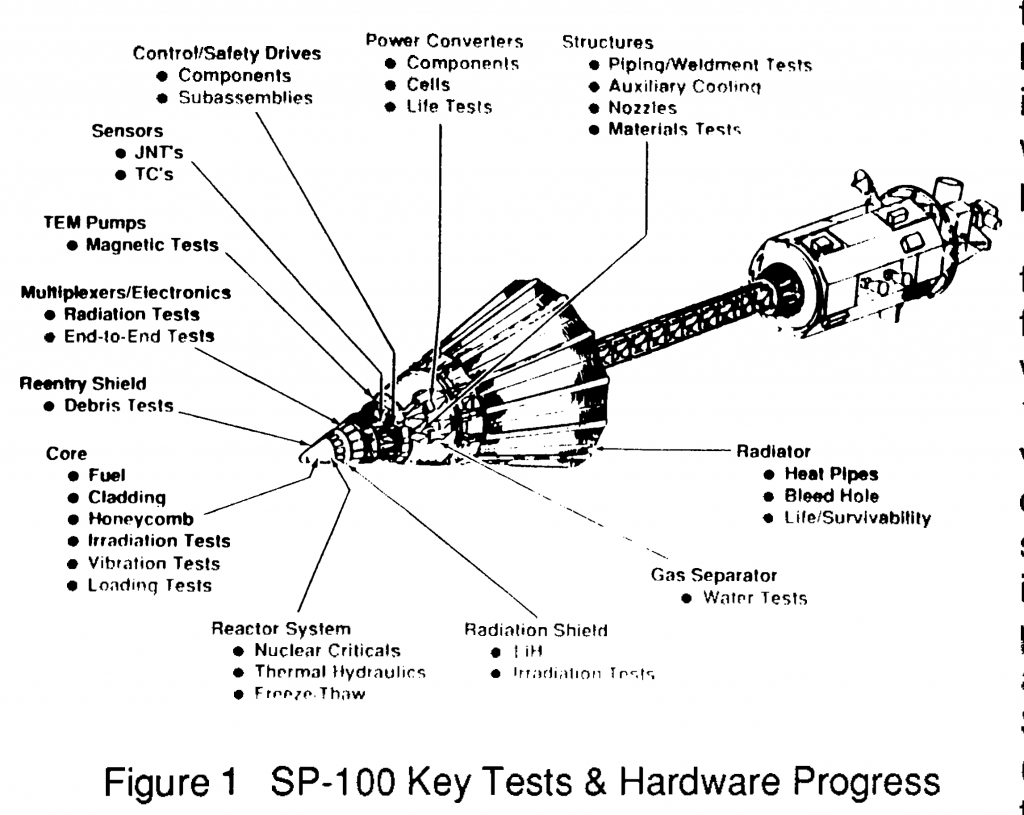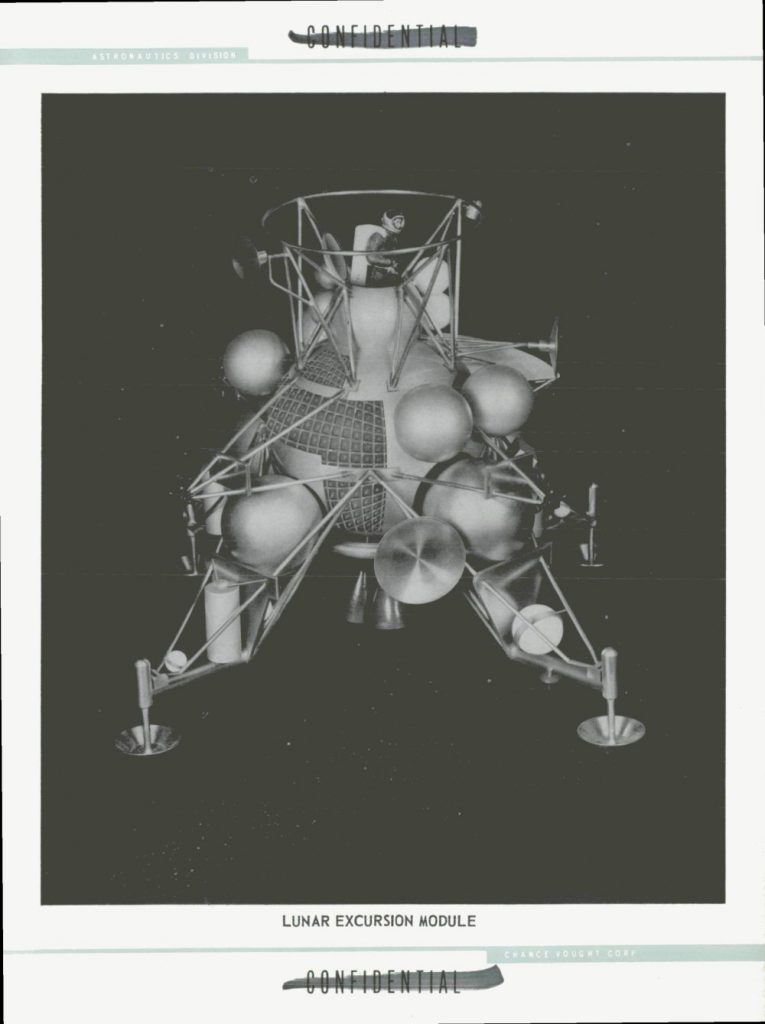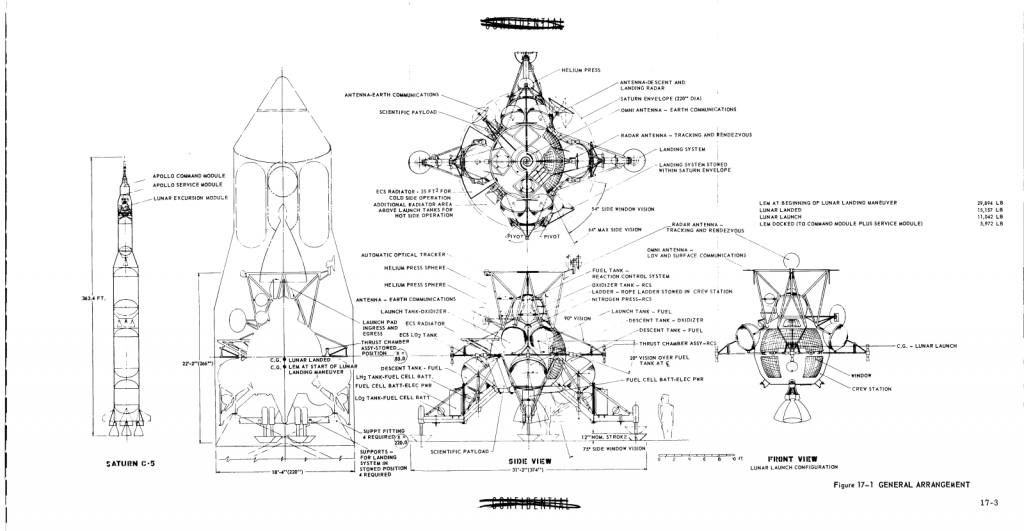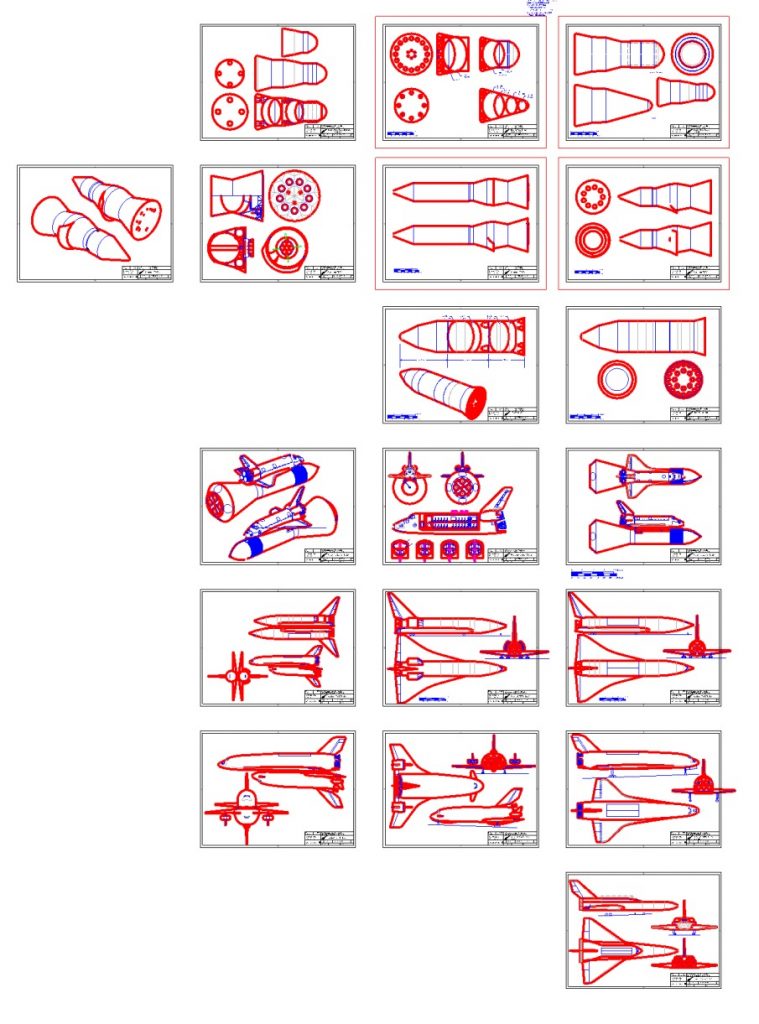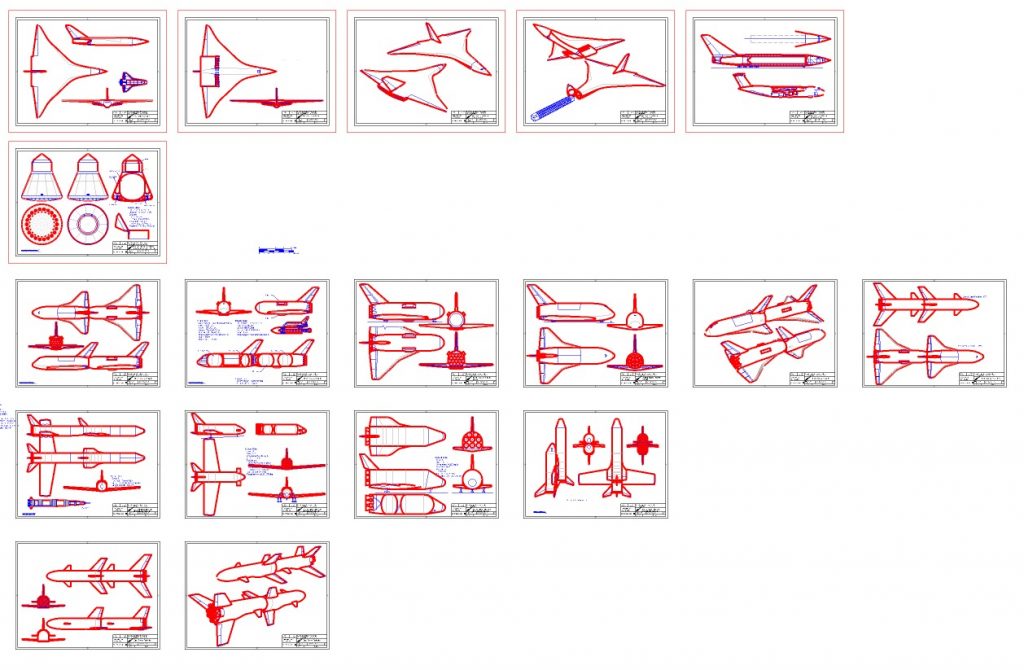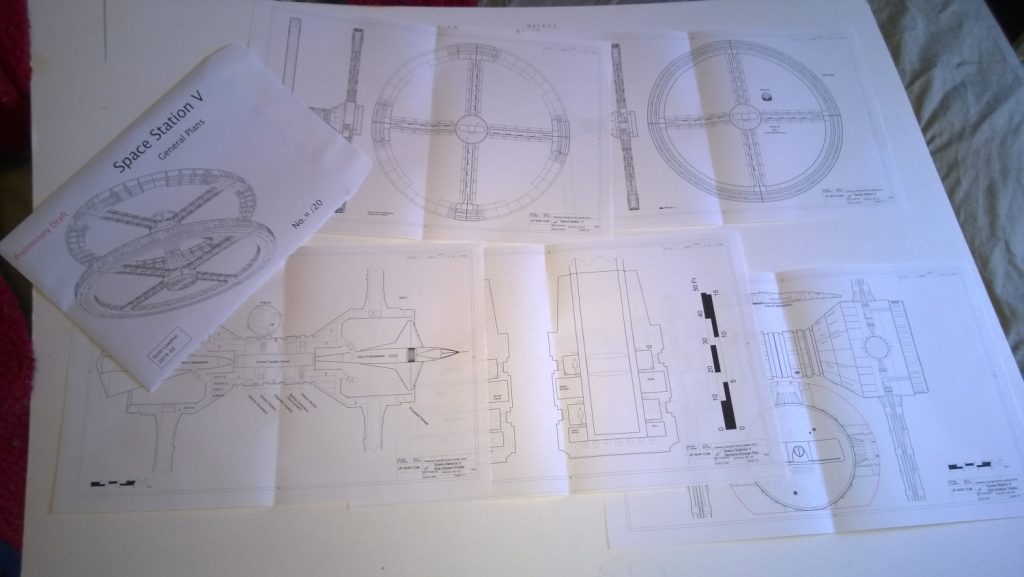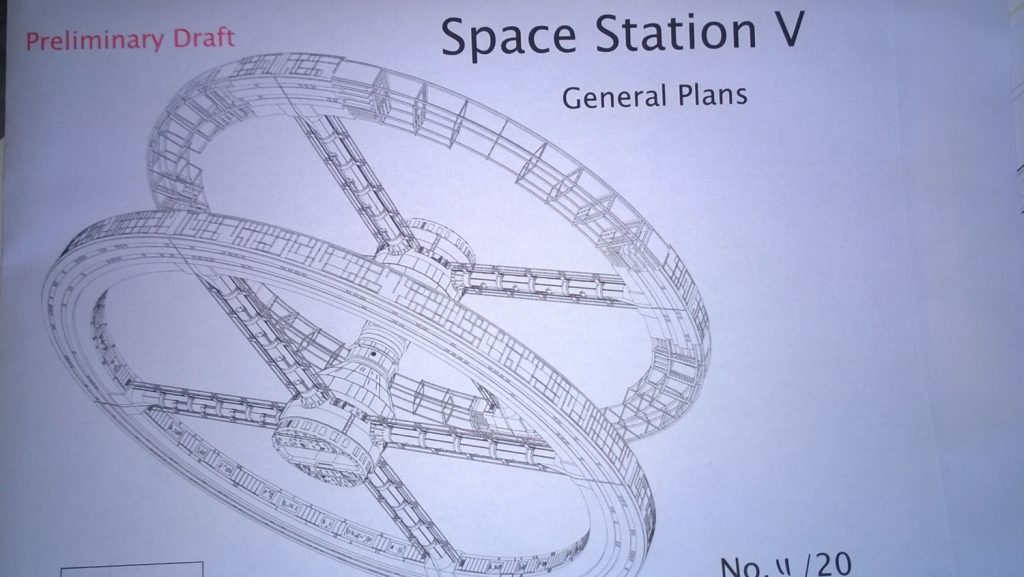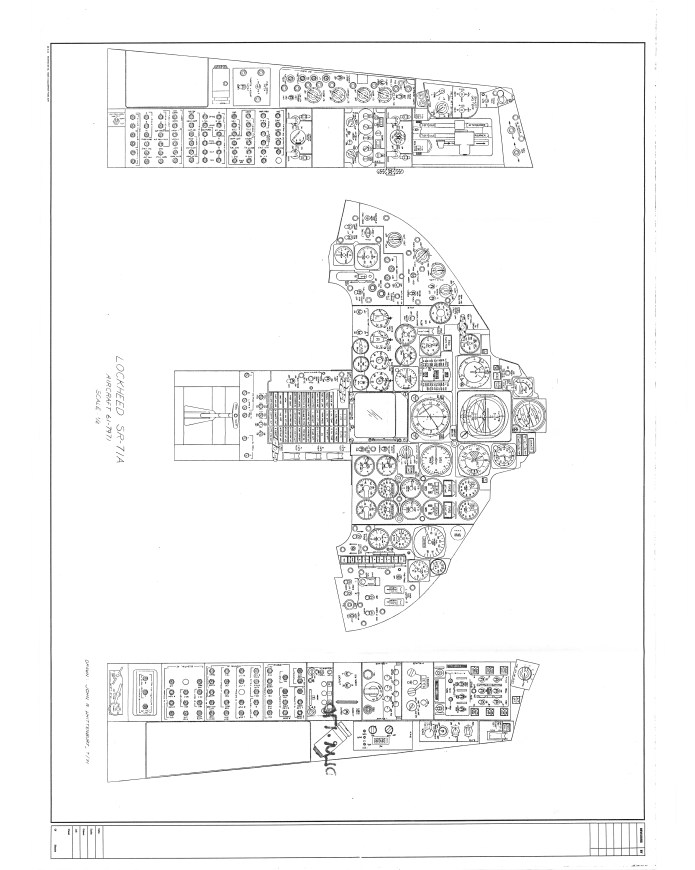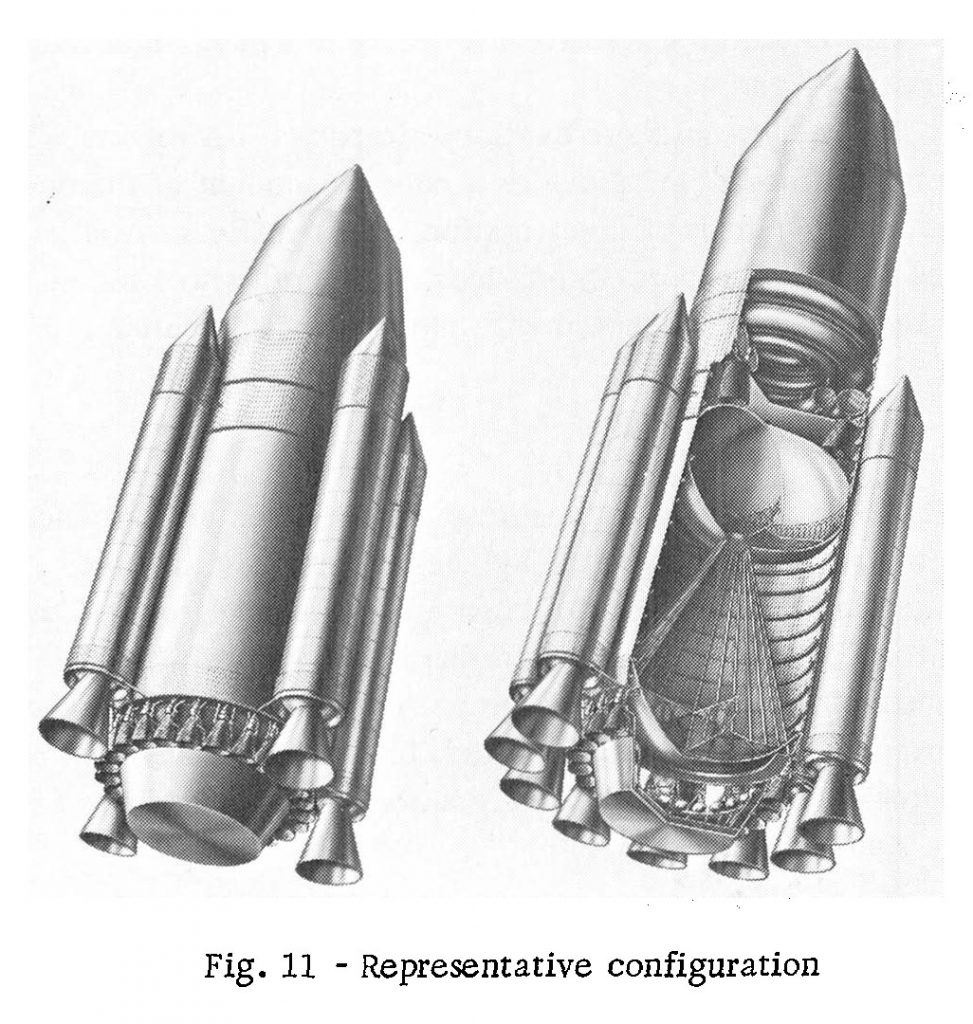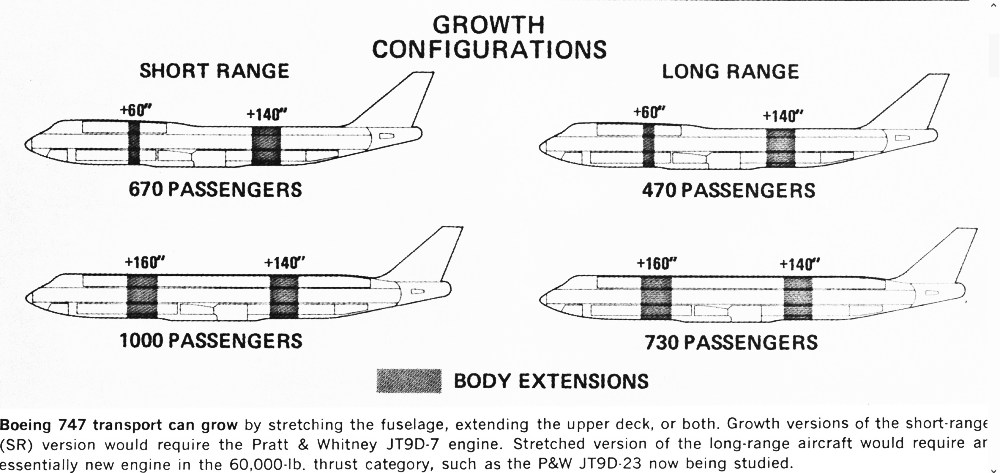A sketch of the 1980s/90s SP-100 space-based nuclear reactor, designed to provide 100 kilowatts of electrical power continuously for years on end. It would have been just the thing for applications where solar panels would not have been practical, such as deep space probes or military systems that need to be somewhat maneuverable. One might thing that replacing vast PV arrays with a small reactor would have made the satellites less visible… and on radar and likely visible light, that’s probably true. but that reactor and its radiators would have been quite visible in infra-red, apparent to any IR sensor pointed int its general direction. The sketch below shows not only the tests and progress that had been done on the SP-100, but also a conceptual payload of an undefined sort. It seems to be festooned with sensors.
Most stuff sold. I will, hopefully, regularly sell more stuff.
I’ve been meaning to sell a bunch of stuff for a good long while now, and I’m finally getting around to doing it.
https://www.ebay.com/usr/dynascott
This first batch is all sci-fi stuff, mostly Eaglemoss Star Trek ships (very nice little officially licensed models that come with glossy magazines that describe the vehicle and how it was designed). Also in this batch is the very last of the preliminary drafts of the Space Station V “booklet of general plans.” Everything has a pretty low starting price, so chances are good you can get them for cheap. Shipping gets a lot better the more of them you get…
“2001: A Space Odyssey” Space Station V Booklet of General Plans: blueprints

Eaglemoss Star Trek Starship #128 OV-165 ship and magazine, new
Eaglemoss Star Trek Starship #49 ECS Fortunate ship and magazine, new
Eaglemoss Star Trek Starship #109 Borg Queen’s ship and magazine, new
Eaglemoss Star Trek Starship #35 Klingon Bird Of Prey ship and magazine, new
Eaglemoss Star Trek Starship #70 Voth City Ship and magazine, new
Eaglemoss Star Trek Starship #62 Voth Research Vessel ship and magazine, new
Eaglemoss Star Trek Starship #3 Klingon Bird Of Prey ship and magazine, new
Eaglemoss Star Trek Starship #129 Tholian Starship and magazine, new
Eaglemoss Star Trek Starship #106 Kazon Raider ship and magazine, new
Eaglemoss Star Trek Starship #53 Klingon Augments ship and magazine, new
Eaglemoss Star Trek Starship #138 USS Lantree NCC-1837 ship and magazine, new
One of the documents lost from the NASA Technical Report Server when NASA gutted it in 2013 was a Chance Vought corporation report on a simulator for their lunar lander. The “Apollo Rendezvous Simulator Study” from July 1962 focuses of course on a ground-based simulator, not on a detailed design of their lunar lander… but fortunately the documents do show art and diagrams of the lander. It is an odd looking little bug, with giant windows and a configuration similar to the Soviet LK in that there were no distinct descent and ascent stages, but a single manned vehicle that would leave the landing legs and some tanks behind when it lifted off.
Fortunately, even though it was scraped from the NTRS it can still be found on the Internet Archice/Wayback Machine. Huzzah!
Support the APR Patreon to help bring more of this sort of thing to light! Alternatively, you can support through the APR Monthly Historical Documents Program.
Some further tinkering to the USLP06 diagrams. There will be further revisions (especially with Star Raker), but I believe this will be the complete set of vehicles shown. I had to split the set up into two separate files; the unified diagram set was causing my computer headaches. You might not think that 2D diagrams can overload computers that can render things in 3D, but you’d be wrong.
This latest effort has taken a *really* long time. Lots of work involved with this. As a result, it has been a long time since I’ve published anything else, and since my income is based on getting stuff published… yay, welcome to poverty. If you want to help out, consider Buying Stuff or subscribing to the Monthly Historical Documents Program. Even a buck fifty a month helps out.
On May 31st, APR Patrons and Monthly Historical Documents program subscribers were sent emails containing links to the May, 2019, rewards. This months set of documents and diagrams included high-rez copies of:
Document: “Manned Lunar Vehicle Design,” a General Electric paper from 1962 describing a direct-landing Apollo concept
Document: “AP-76 Project 1226,” a highly illustrated Republic Aviation report from May 1955 describing their design for the X-15
Diagram: “DNI-27C, VFX Design Study Fixed Wing/Buried Engine,” September 1968 North American Aviation fighter design
CAD Diagram: three-view of the Dandridge Cole/Martin Aircraft “Aldebaran” giant nuclear powered launch vehicle notional concept
If this sort of thing is of interest and you’d like to get in on it and make sure you don’t miss any of the forthcoming releases, sign up either for the APR Patreon or the APR Monthly Historical Documents Program.
All prior “back issues” are available for purchase by subscribers. Recent months rewards have included:

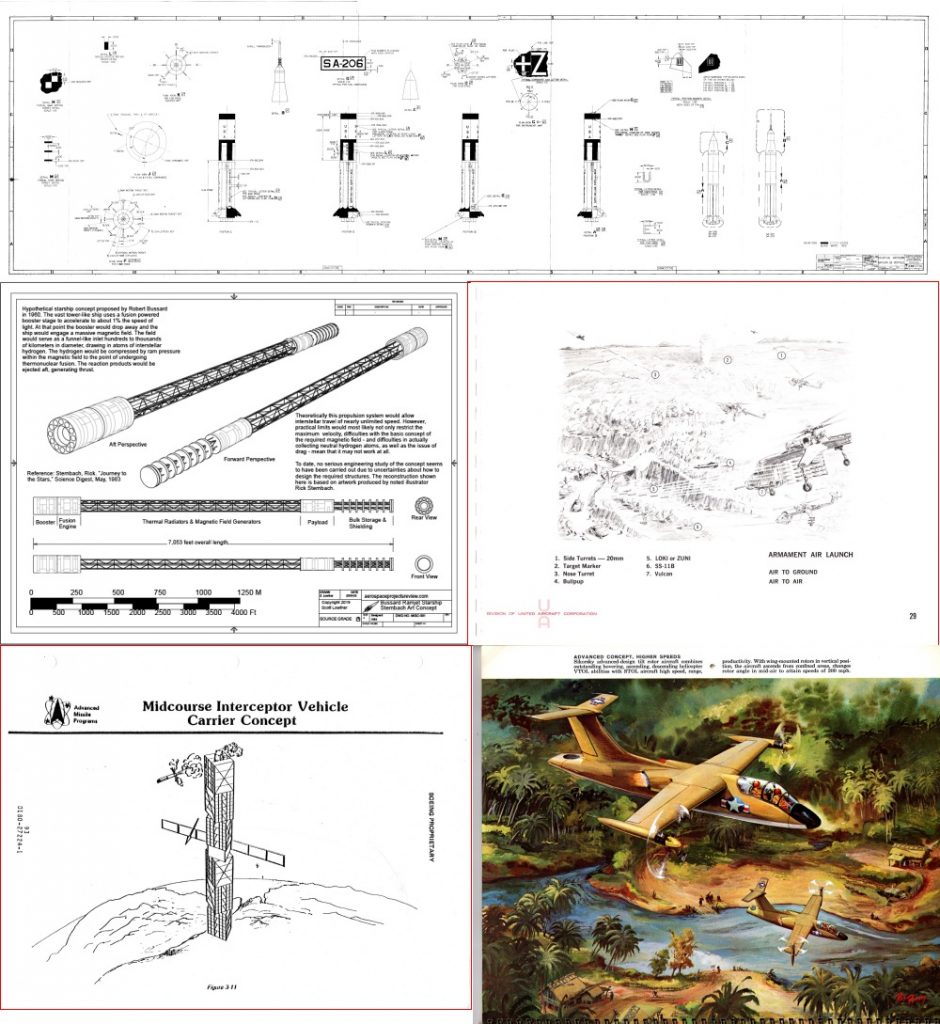

A while back I created twenty copies of a preliminary draft of a “Booklet of General Plans” of the Space Station V from “2001: A Space Odyssey.” Eight were sent out, leaving twelve that I am making available. These twelve are the last of the only print run of this edition there will ever be. If these all sell out, and if the feedback is promising, it is my hope to eventually, someday, refine these and add considerably more data. Additionally I hope to produce a regular print run not only of the SSV BoGP, but also other sci-fi vehicles (“Deep Impacts” Messiah being near the top of the list; SPECTRE Bird One; perhaps branching out to the likes of Clavius Base) as well as unbuilt non-sci-fi but speculative concepts such as the Bernal Sphere, O’Neill colonies, Dandridge Cole concepts (Aldebaran, Macrolife, etc.), Orion battleship and SDI space weaponry. A few sci-fi designs of my own *may* be included (The Falcon-Class Starfleet runabout USS Millenium is a notion that appeals to me for some reason).
The Space Station V Booklet includes eight 11X17 inch sheets, printed directly rather than photocopied, in a specially printed envelope (which goes in another, larger shipping envelope). These are going for $12 each, plus postage. If you are interested, send me an email letting me know how many you want and what your address is; these will be made available first-come, first-served.  I’ll work out postage and send you a Paypal invoice. (NOTE: On Tuesday. I’d intended to go to the post office on Monday and take couple booklets along to get them weighed… but it turns out that that’s a federal holiday…)
I’ll work out postage and send you a Paypal invoice. (NOTE: On Tuesday. I’d intended to go to the post office on Monday and take couple booklets along to get them weighed… but it turns out that that’s a federal holiday…)
Remaining: 12 11 10 9 8 7 6 5 4 3 2 1 All gone.
A pretty detailed layout of the SR-71 pilots instruments.
I have uploaded the full resolution scan of the illustrations to the 2019-05 APR Extras Dropbox folder, available to $4 and up subscribers to the APR Monthly Historical Documents Program.
Almost certainly the most powerful launch vehicle ever given serious consideration and actual design work was Boeing’s Large Multipurpose Launch Vehicle from 1968. Designed under contract to NASA,the LMLV was designed to be very modular, using a core vehicle that was a perfectly serviceable single stage to orbit launcher, with the option of adding upper stages and various numbers of strap-on solid rocket boosters. it was a large vehicle, seemingly in line with the Nova/Post-Saturn vehicles designed only five years before. But the LMLV was quite different in some respects: it was entirely expendable. With no need to even try to recover the core, no mass was expended on recovery systems, or strengthening the structure to withstand splashdown, or making sure the engines could survive many firings with minimal damage. Instead, every ounce was to be shaved off. The result was a vehicle of astounding launch capability.
The basic core was capable of putting a payload of one million pounds into a 100 nautical mile circular orbit. This equaled or exceeded the capability of the majority of the Nova/Post-Saturn designs,and did so without any augmentation. But it was designed for augmentation. up to twelve 260″ diameter solid rocket boosters could be added; without an upper stage, this configuration could orbit 3.5 million pounds.This would result in a vehicle weight 66,257,000 pounds at liftoff, with a takeoff thrust of 108 million pounds. This would be LOUD. But if ten 372″ boosters were used, the payload would increase to 4.2 million pounds. This was many times the payload of the Saturn V; the payloads intended for this vehicle were generally manned interplanetary (typically Mars) spacecraft and the millions of pounds of liquid hydrogen propellant that they needed.
As with pretty much all jetliners, the 747 has seen its fuselage stretched (and shortened) to adjust the number of passengers and other payload it can carry. But as stretched as it has been, there were plans for much more extravagant changes. In the early 1970s there were plans in place for not only fuselage stretches by way of inserting lengthening plugs, but also by stretching the upper deck much further aft, turning it into a true double-decker. As the diagram below shows, for shorter routes the passenger count count be bumped up to 1000. keep in ind that this was using 1971-era seating; with modern 21st century passenger-packing technology, who knows haw many human bodies could have been stuffed into these planes, ready to be driven mad by booze, low oxygen, screaming babies and deep vein thrombosis.
